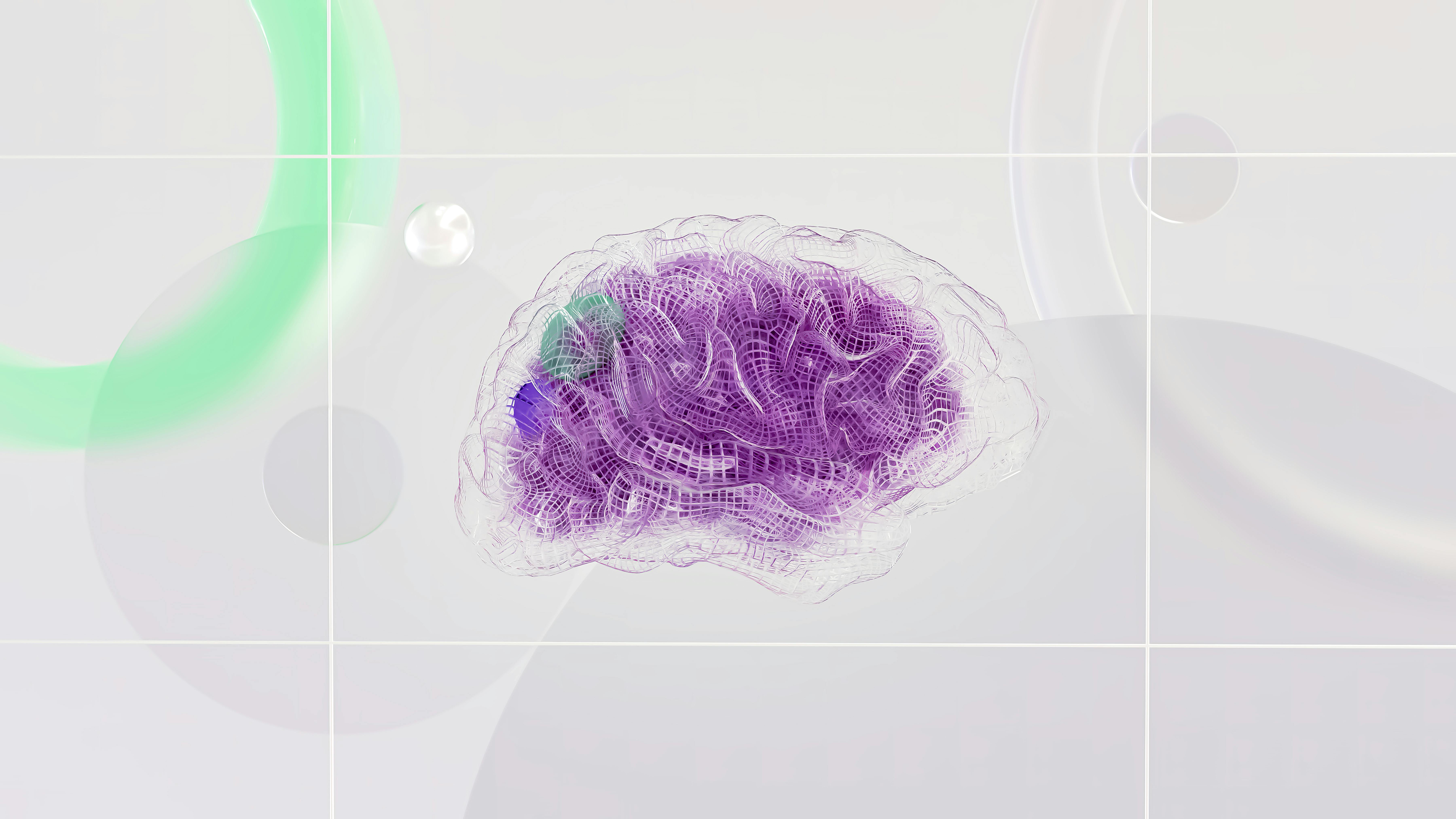Revolutionizing Quadriplegic Treatment: How AI Harnesses Brain Signals to Restore Movement and Sensation

In an era where technology constantly surprises us with every innovation, its applause-worthy contribution to healthcare has been a breather amid the plethora of challenges faced by the sector. One of the most revolutionizing developments recently observed is the use of artificial intelligence (AI) for treating patients with quadriplegia.
This article will explain how AI's significant contribution enabled a quadriplegic man to regain his senses and movements, demonstrating the technological advancements' radical potential in the healthcare sector.
Quadriplegia: An Overview
Quadriplegia stands for the paralysis that extends from the neck down to all four limbs, rendering an individual incapable of muscle movement and, in many cases, sensory functions. It primarily happens due to severe spine injuries, particularly those involving the spinal cord's cervical region.
The predicament leaves individuals in a state poised with physical and emotional struggles, often leading to a significant reduction in their quality of life. Traditional medical advancements have provided solutions with limited success, which brings us to the transformative potential that artificial intelligence holds in this field.
The Innovative AI Method for Quadriplegia Patients
The most recent marvel in the healthcare world is the AI-assisted neural technology breakthrough, which holds promising potential for quadriplegia patients. A team of scientists developed an implant device that employs sophisticated artificial intelligence algorithms to interpret neural signals from the brain.
This process effectively bypasses the injured spinal cord, enabling the patients to regain their lost sensations and muscle movements. The test conducted on a quadriplegic patient produced remarkable results, evoking global attention towards this groundbreaking technology.
The AI Implant: Functioning and Results
This AI implant is a type of brain-computer interface, often abbreviated as BCI, generally used to aid individuals suffering from severe paralysis. The interface interprets the neural signals from the individual's motor cortex using a machine learning algorithm.
This model then translates these signals into commands that stimulate the patient's sensory and motor nerves, invoking functional movement and sensation bypassing the spinal cord. In the case of the test patient, the implant's use resulted in the successful restoration of some degree of functional movement and sensation, marking a significant step in rehabilitating quadriplegic patients.
Future Scope and Impact on Healthcare
While the AI-enabled method brings hope to quadriplegic patients, it is in its nascent stages. It demands more research and advancements to ensure its usability and effectiveness on a broader spectrum of patients.
The time is ripe as ever to leverage the transformative potential of artificial intelligence in the healthcare sector. The positive impacts of AI-empowered treatments are increasingly becoming the talk amongst medical practitioners and health researchers.
With further advancements and clinical trials, this technology could push the boundaries of current medical realm. It signifies a ray of hope and opens a platform to numerous possibilities where artificial intelligence can contribute to restoring normal life for people suffering from various debilitating conditions.
In conclusion, the utilization of artificial intelligence technology in the field of healthcare is an exciting development that promises a future where challenges like quadriplegia can be effectively managed or even overcome.

